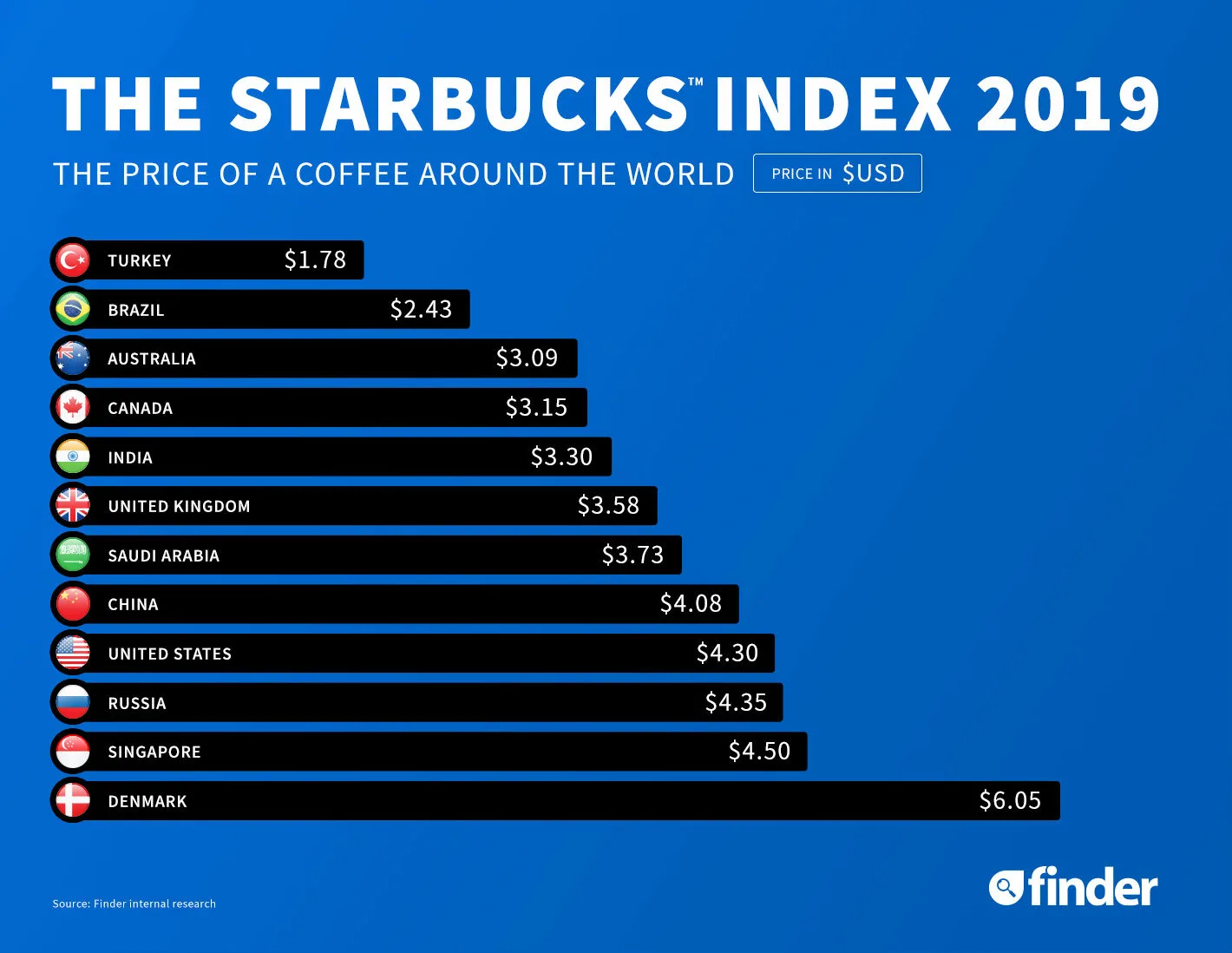
We created the Starbucks Index to compare the differences in price for the same cup of coffee in 76 countries* around the world. The study found Toronto ranks as the 50th most expensive city to buy a tall latte, at CAD$4.15. Topping the list is Copenhagen, Denmark, where the same coffee costs the equivalent of $7.98 while those in Istanbul, Turkey get the best for their buck, paying just $2.35. Our index is an informal way to measure the strength or weakness of local currencies for a common item against other countries. It’s supported by research that excludes variances that affect the cost of a coffee, like prices of raw beans, local labor costs and taxes. The study itself has two components: a coffee cost comparison and a GDP valuation index.
Ranking | Country | Cost (CAD$) |
|---|---|---|
1 | Denmark | $7.98 |
2 | Switzerland | $7.83 |
3 | Finland | $7.12 |
4 | Macau | $6.86 |
5 | Luxembourg | $6.82 |
6 | Norway | $6.78 |
7 | Hong Kong | $6.06 |
8 | Singapore | $5.93 |
9 | Germany | $5.79 |
10 | Russia | $5.74 |
11 | Belgium | $5.74 |
11 | Monaco | $5.74 |
13 | Sweden | $5.72 |
14 | Curacao | $5.72 |
15 | Lebanon | $5.68 |
16 | United States | $5.67 |
17 | France | $5.66 |
18 | United Arab Emirates | $5.65 |
19 | Kuwait | $5.64 |
20 | Bahrain | $5.54 |
21 | The Bahamas | $5.54 |
22 | Austria | $5.44 |
23 | Qatar | $5.43 |
24 | Oman | $5.42 |
25 | Jordan | $5.39 |
26 | China | $5.38 |
27 | Netherlands | $5.37 |
28 | Cyprus | $5.30 |
29 | Panama | $5.21 |
30 | Chile | $5.16 |
31 | Ireland | $5.15 |
32 | South Korea | $5.11 |
33 | Greece | $5.08 |
34 | Taiwan | $5.08 |
35 | Uruguay | $5.06 |
36 | Japan | $5.00 |
37 | Thailand | $4.96 |
38 | Saudi Arabia | $4.92 |
39 | Costa Rica | $4.80 |
40 | Brunei | $4.78 |
41 | United Kingdom | $4.72 |
42 | Trinidad and Tobago | $4.48 |
43 | Jamaica | $4.37 |
44 | India | $4.35 |
45 | New Zealand | $4.32 |
46 | El Salvador | $4.29 |
47 | Andorra | $4.21 |
47 | Spain | $4.21 |
49 | Kazakhstan | $4.20 |
50 | Canada | $4.15 |
51 | Indonesia | $4.13 |
52 | Australia | $4.08 |
53 | Slovakia | $4.07 |
54 | Malaysia | $4.01 |
55 | Poland | $3.98 |
56 | Vietnam | $3.98 |
57 | Cambodia | $3.89 |
58 | Czech Republic | $3.87 |
59 | Bolivia | $3.82 |
60 | Azerbaijan | $3.81 |
61 | Guatemala | $3.78 |
62 | Romania | $3.65 |
63 | Italy | $3.63 |
63 | Portugal | $3.63 |
65 | Peru | $3.55 |
66 | Morocco | $3.55 |
67 | Philippines | $3.55 |
68 | Hungary | $3.45 |
69 | Brazil | $3.21 |
70 | Bulgaria | $2.90 |
71 | South Africa | $2.88 |
72 | Mexico | $2.84 |
73 | Argentina | $2.82 |
74 | Colombia | $2.69 |
75 | Egypt | $2.57 |
76 | Turkey | $2.35 |
Our index measures each country’s ratio of coffee costs to GDP per capita against the average trend across all countries. It measures the actual cost of a coffee compared to what a country’s GDP indicates it ought to be.
Check out the world map of all the locations we bought a tall latte
The cost of coffee around the world
Cheapest coffees around the world
The second-cheapest country in the study after Turkey was Egypt at $2.57, followed by Colombia at $2.69. The fourth-cheapest was Argentina at $2.82 and rounding out the top five was Mexico at $2.84.
Most expensive coffees around the world
After Denmark, the next most expensive country to buy a Starbucks tall latte was Switzerland at $7.83, followed by Finland at $7.12. Macau was next at $6.86, and the fifth-most expensive latte was in Luxembourg at $6.82.
The cost of coffee in 26 European countries
Europeans can expect to pay the most for a tall latte compared to other regions, with an average cost of $5.17.
Prices are the steepest in Northern Europe (including countries like Ireland, Sweden and Denmark), averaging $6.25, followed by cities in Western Europe (Netherlands, Austria, France, Belgium, Monaco, Germany, Luxembourg and Switzerland) at $6.05. Cities in Southern Europe (Italy, Portugal, Andorra, Spain and Greece) and in Eastern Europe (Bulgaria, Hungary, Romania, Czech Republic, Poland, Slovakia and Russia) had a significantly lower average cost at $4.15 and $3.96 respectively.
Coffee prices across other regions
Asia, including countries such as Malaysia, Turkey and Azerbaijan, was the next most expensive region for a hit of coffee with an average price of $4.90. East Asian cities in countries such as Japan, Taiwan and Macau had the highest average cost at $5.58. This was followed by cities in Western Asian countries such as Bahrain, Lebanon and the United Arab Emirates at $5.01 and cities in Southeast Asian countries such as Brunei, Singapore and Thailand at $4.40. A tall latte in South Asia (India) cost $4.35. Central Asia (Kazakhstan), at $4.21, was the cheapest Asian region on average to pick up a Starbucks.
The average cost of a coffee across the Americas (including North, Central and South America as well as the Caribbean) is $4.29. Cities in the Caribbean (Jamaica, Trinidad and Tobago, the Bahamas and Curacao) have the highest average price at $5.02, followed by Central American cities (Guatemala, El Salvador, Costa Rica and Panama) at $4.52 and North American cities at $4.22. South American cities (such as those in Colombia, Argentina, Brazil and others) have the lowest average price at just $3.76.
The least expensive part of the world to buy coffee is Africa coming in at $2.99 – although this included a sample size of just three countries: Egypt, Morocco and South Africa. The second cheapest region was Oceania at $4.19, including Australia and New Zealand.
Coffeenomics: Finder’s Starbucks Index 2019
We should expect that coffee prices are higher in wealthier countries and lower in poorer countries, because many factors affect the cost of goods and services, including the local cost of raw materials, production and labor costs, taxes, tariffs and retailer pricing strategies.
Our Starbucks Index looks at the GDP-per-capita value for each country alongside the coffee cost in US dollars to see how far each country deviates from the average. In Denmark, for example, a coffee costs USD$6.05, whereas the expected coffee cost based on the country’s GDP of more than USD$60,000 per capita is USD$4.20 — meaning the coffee is 44% more expensive than it should be based on GDP.
Search the full table by country or index valuation.
Note that our figures reflect local purchasing power, rather than true currency valuation. This is particularly important when looking at countries that share the same currency, such as those across the eurozone. For example, if we look at Monaco, our Starbucks Index suggests a coffee is 30.4% more expensive than it should be. Compare this to Finland, where the index suggests a coffee is actually 35.3% more expensive than it should be.
Coffeenomics: Finder’s Latte Line
Our Latte Line is the GDP-weighted index average, showing a correlation between the price of coffee and a country’s GDP. For example, at bottom left of the graph, you can see the correlation between a cheap tall latte and a weaker GDP in countries like Turkey, Egypt, Colombia and Argentina. Far right of the Latte Line, you can see Luxembourg with a high GDP and a more expensive coffee price.
However, within that trend, there are a few outliers, such as Monaco and Denmark. In Monaco, the cost of a tall latte is cheaper than you might expect, given its strong GDP. In the case of Denmark, you can see the sky-high cost of a coffee doesn’t correlate to GDP in the same way it does in many other countries.
Methodology
Collecting the data
*We asked individuals in 76 countries and autonomous regions around the world to purchase a hot tall latte from a Starbucks store in their city and tell us how much it cost. We looked at the cost of a coffee in nearly every country where Starbucks operates. However, we could not source the data for some countries, such as Malta and Puerto Rico.
Individuals were required to send us three photos: a picture of them with the coffee, an image of the receipt and a photo of the coffee menu.
Say hello to our participants:



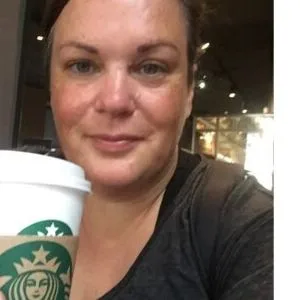







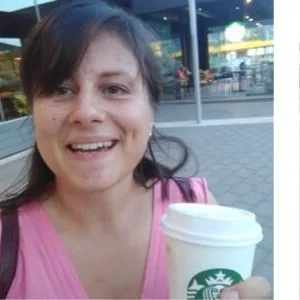








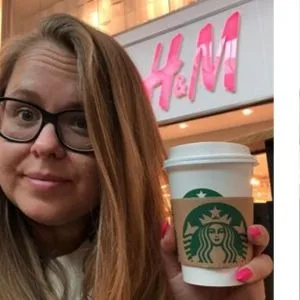


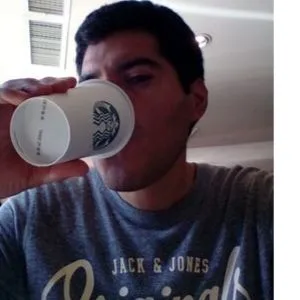














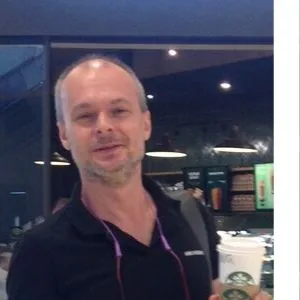







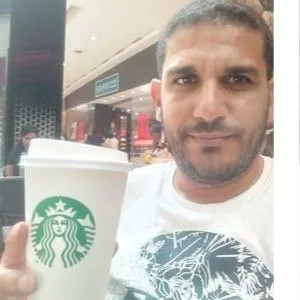

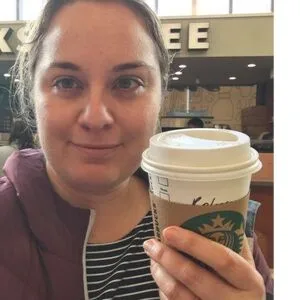















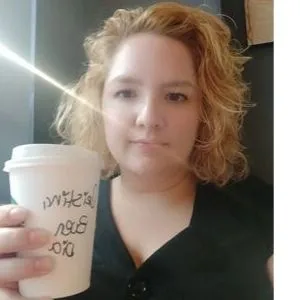









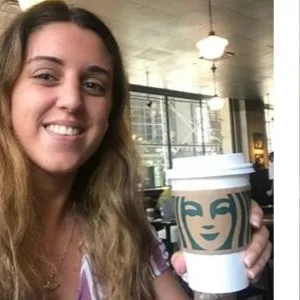

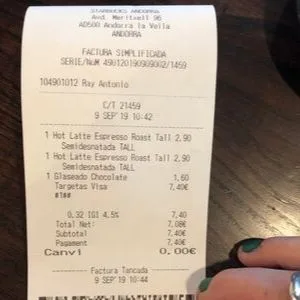
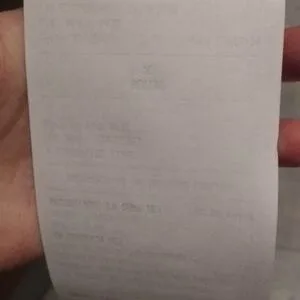
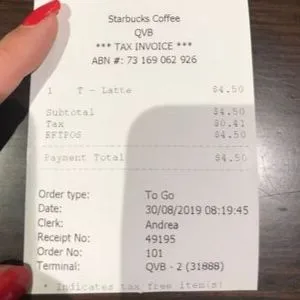
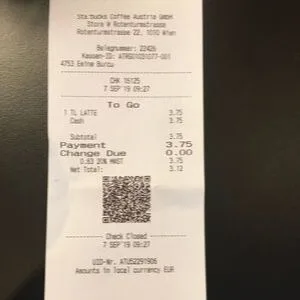
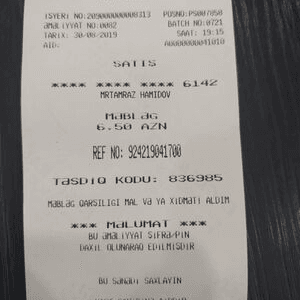
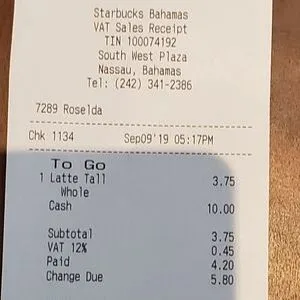
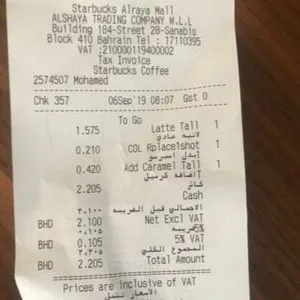
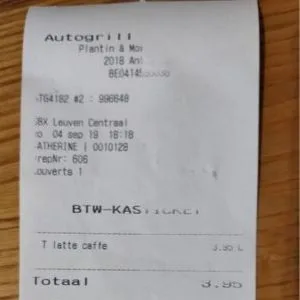
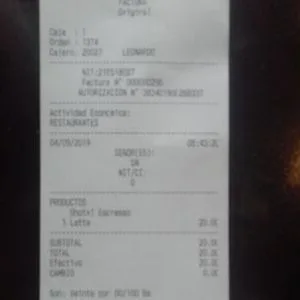
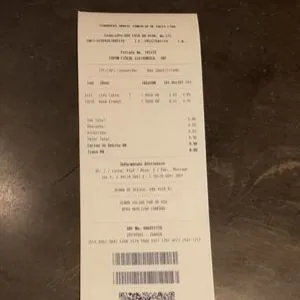
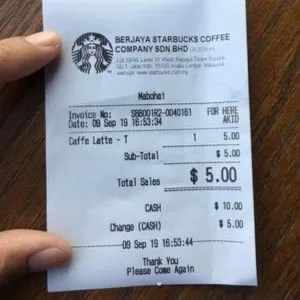
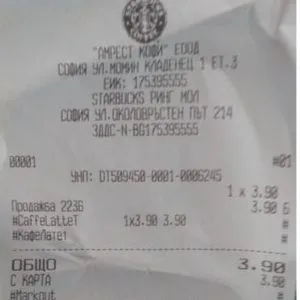
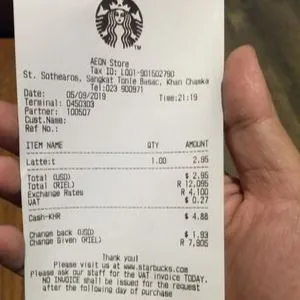
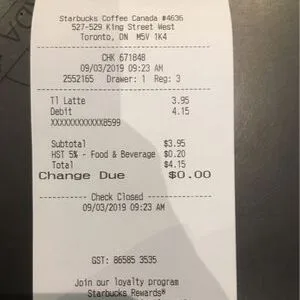
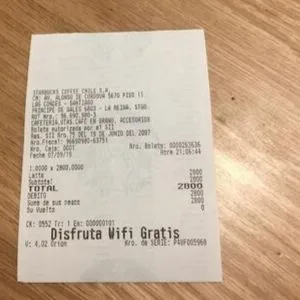
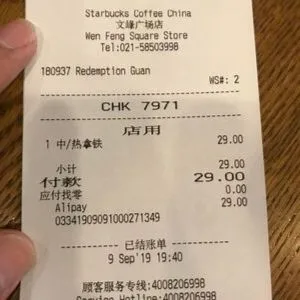
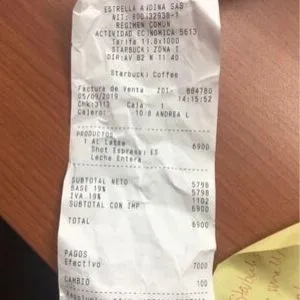
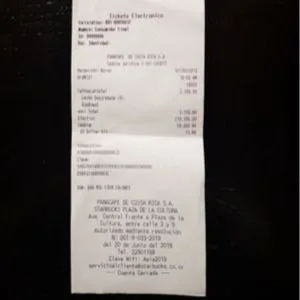
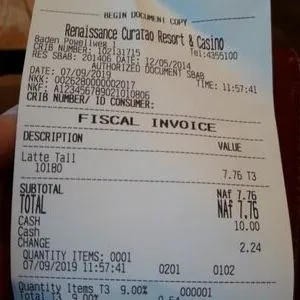
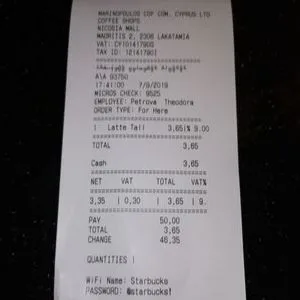
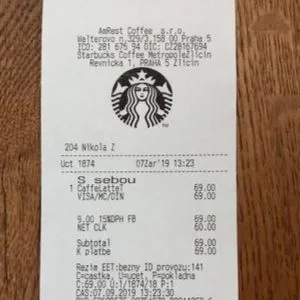
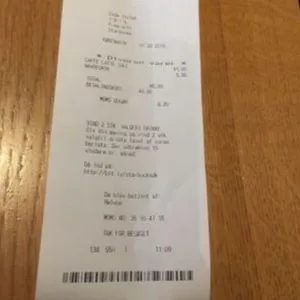
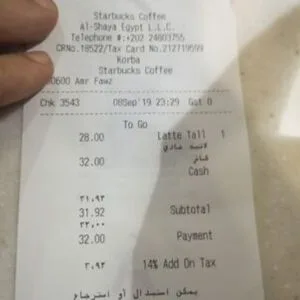
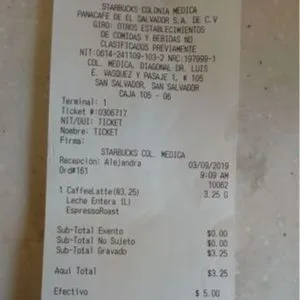
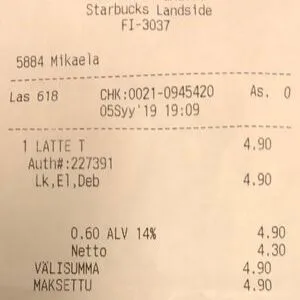
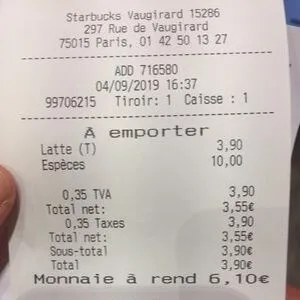
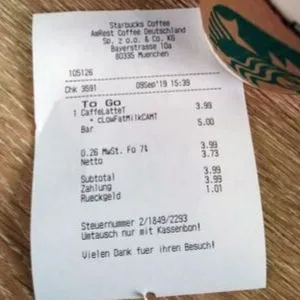
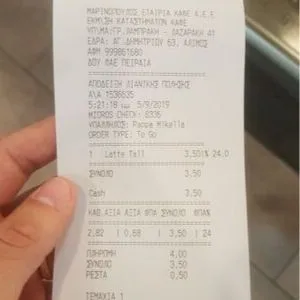
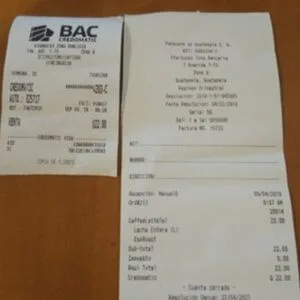
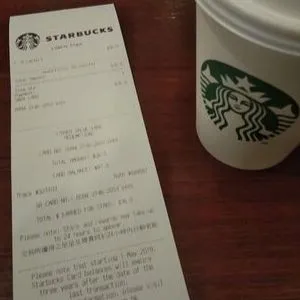
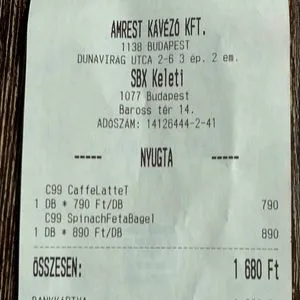
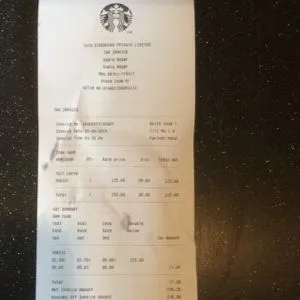
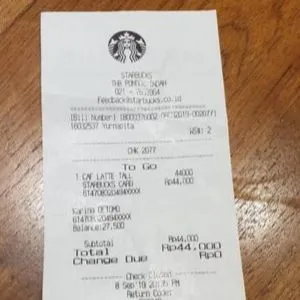

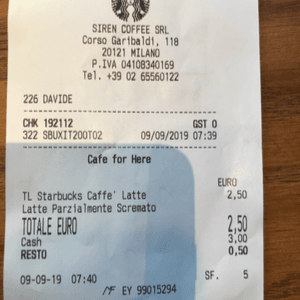
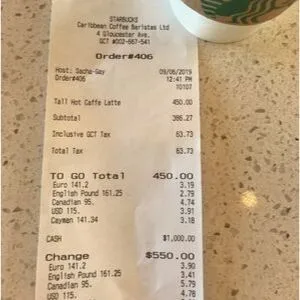
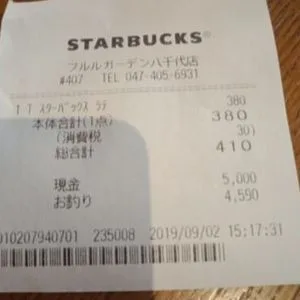
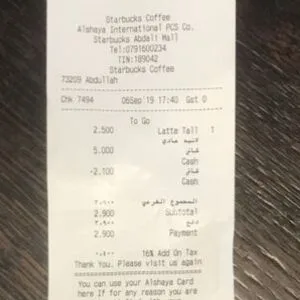
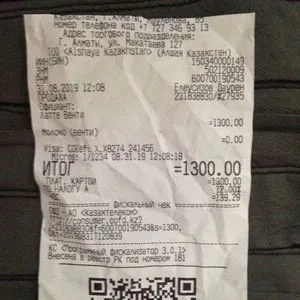
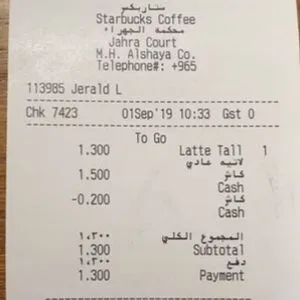
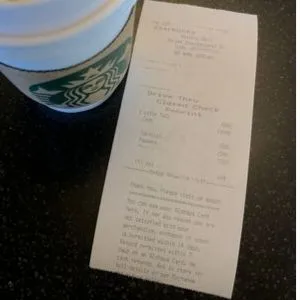
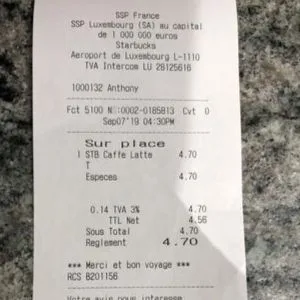

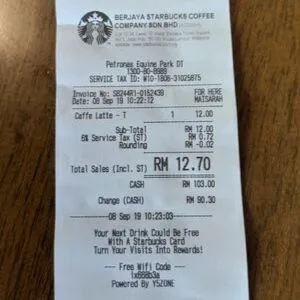

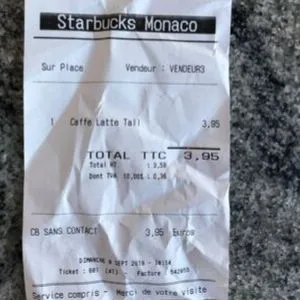
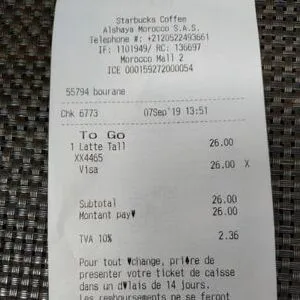
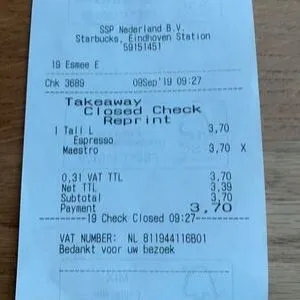
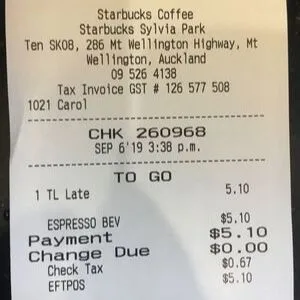
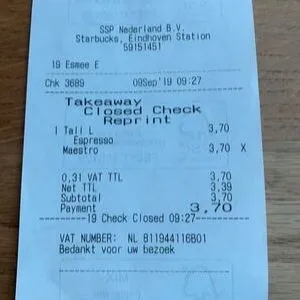
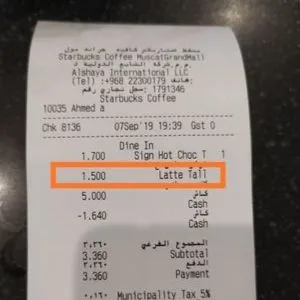
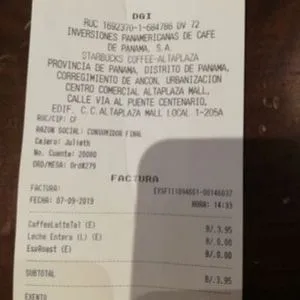
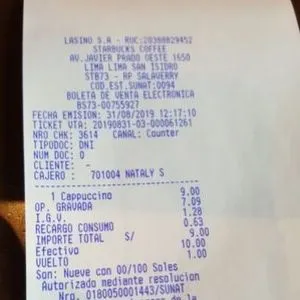
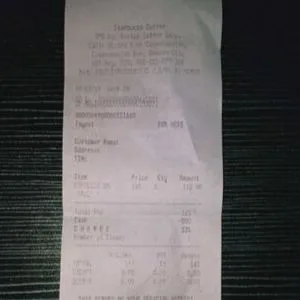
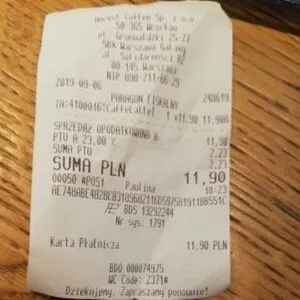
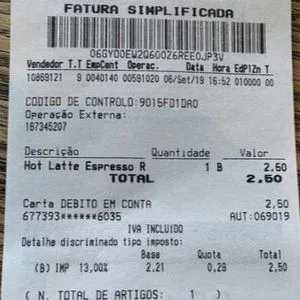
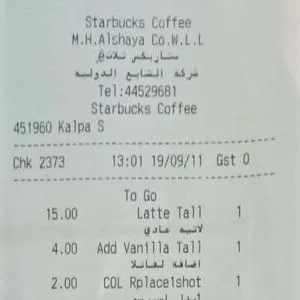
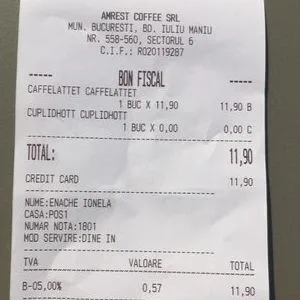
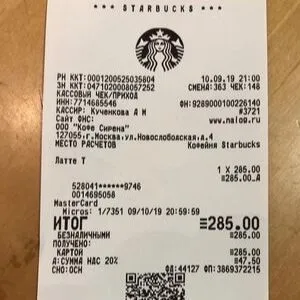
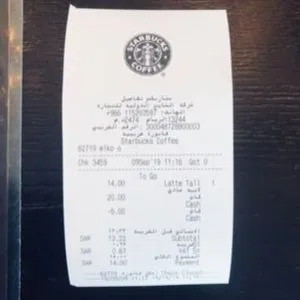
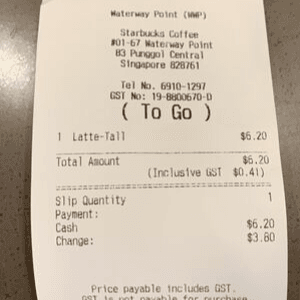
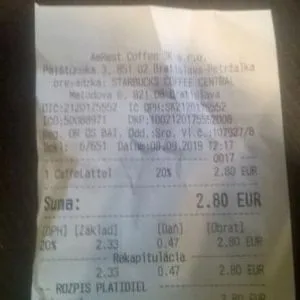
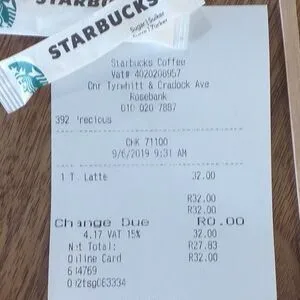
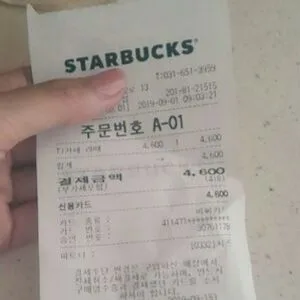
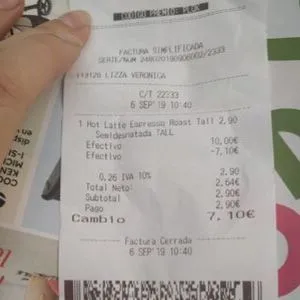
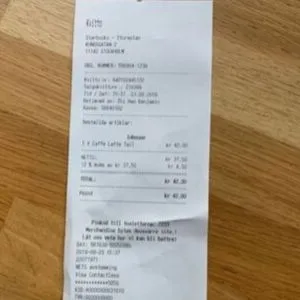
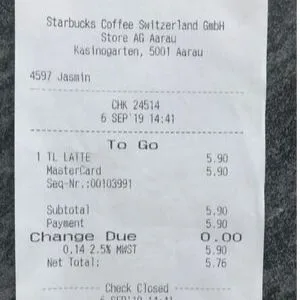
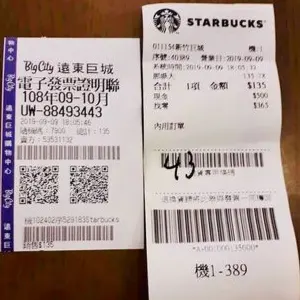
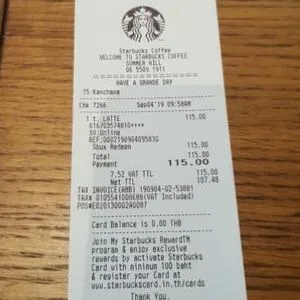
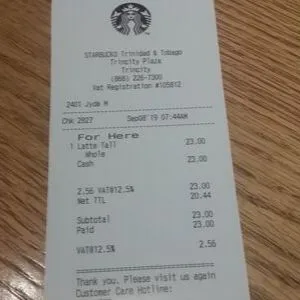
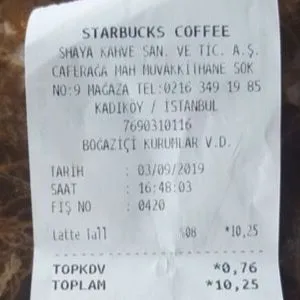
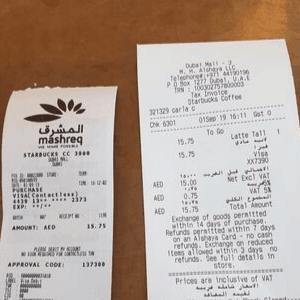
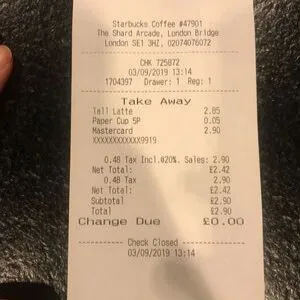
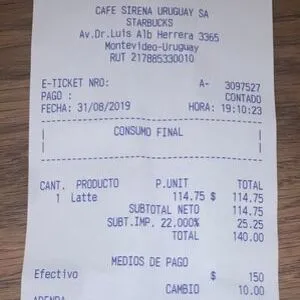
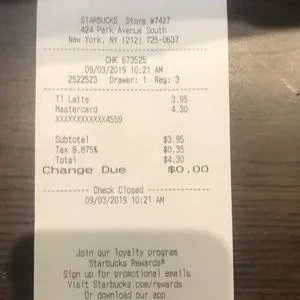
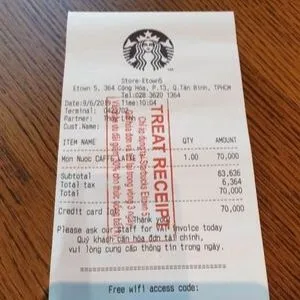
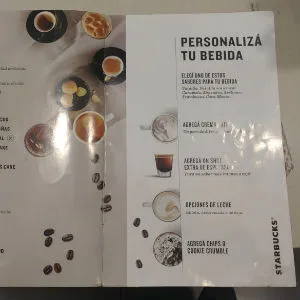
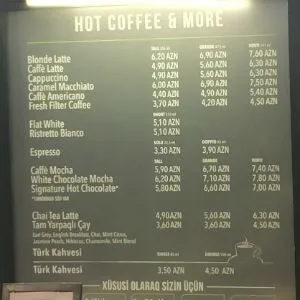
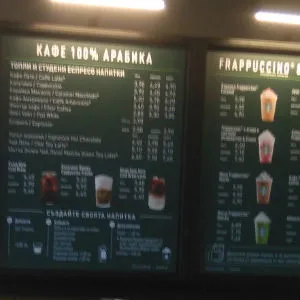
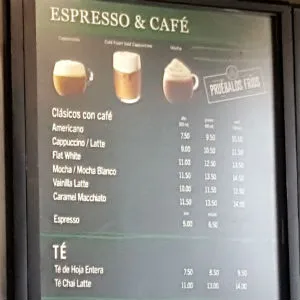
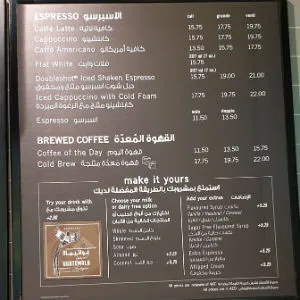
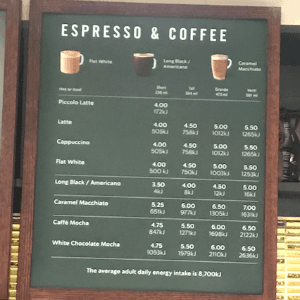
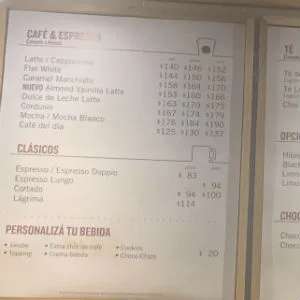
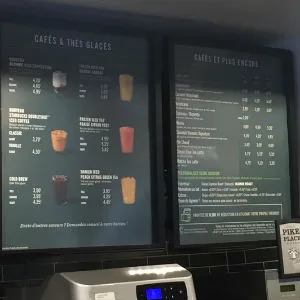
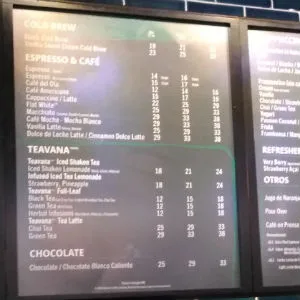
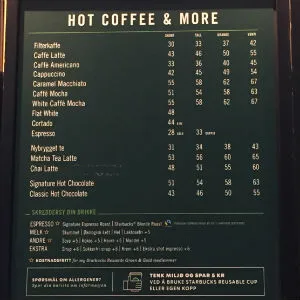
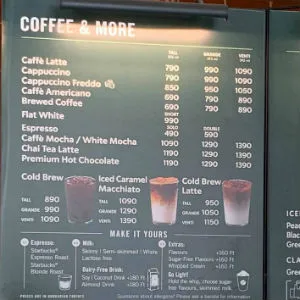
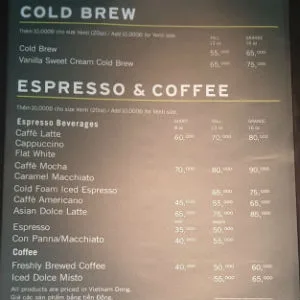
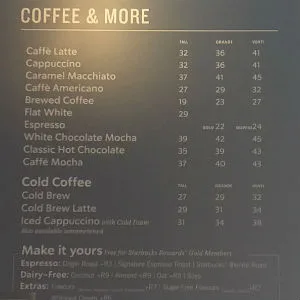
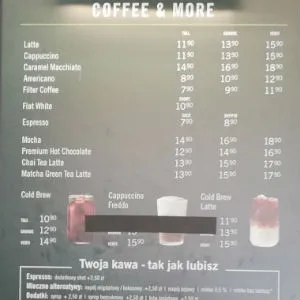
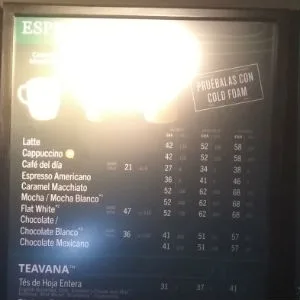
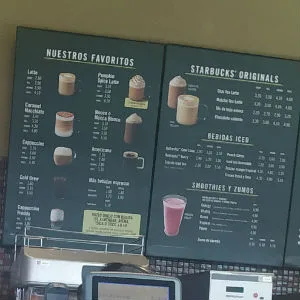
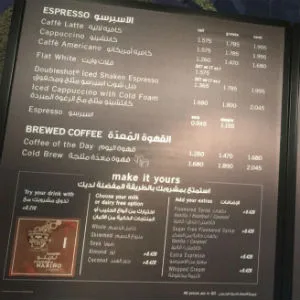
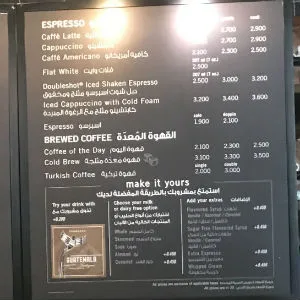
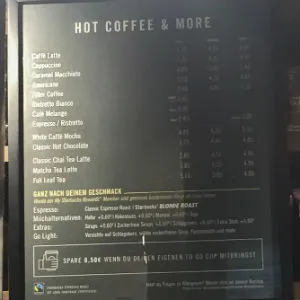
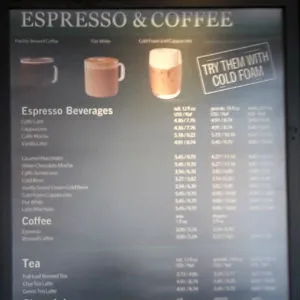
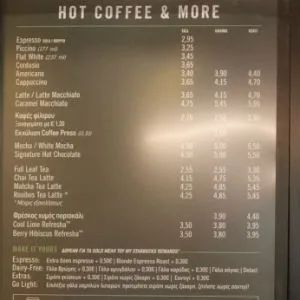
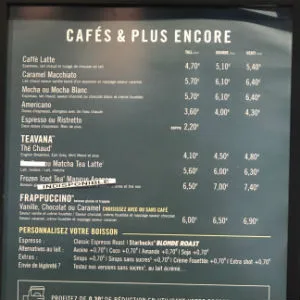
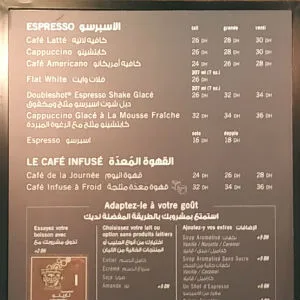
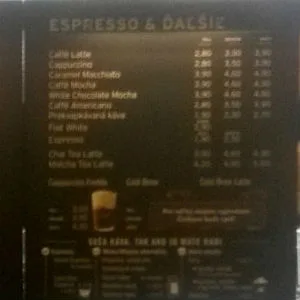
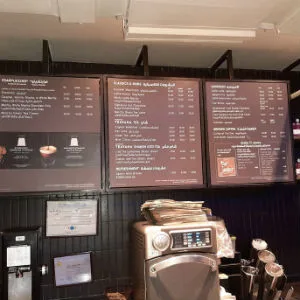
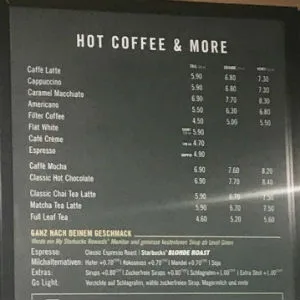
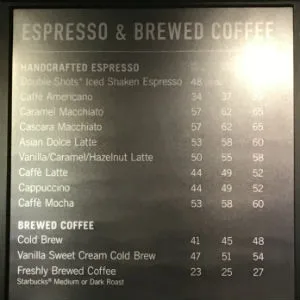
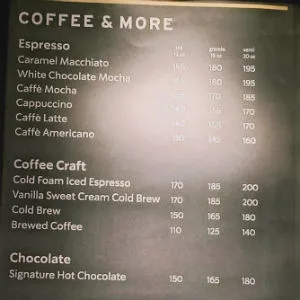
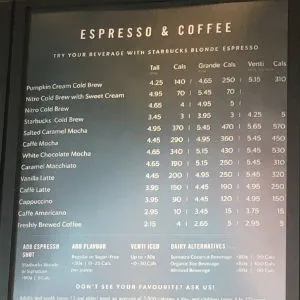
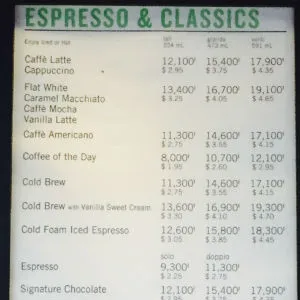
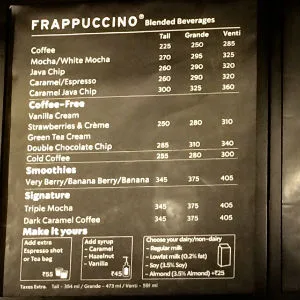
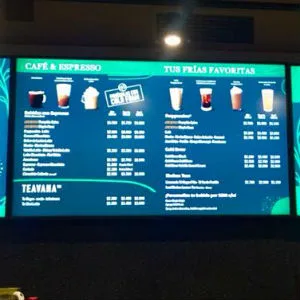
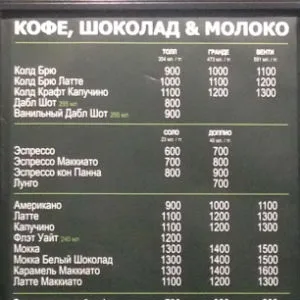
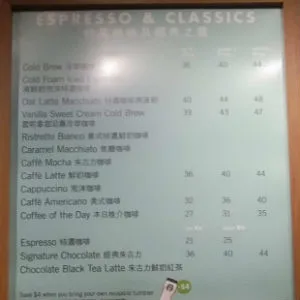
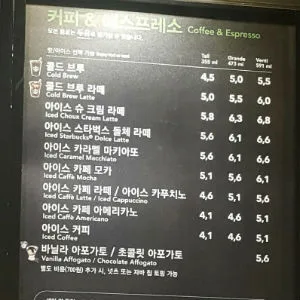
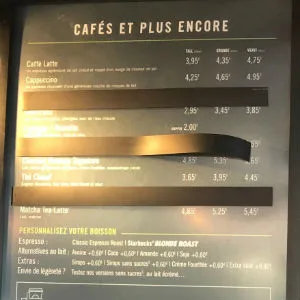
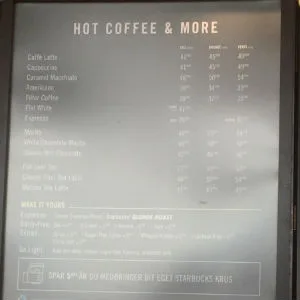
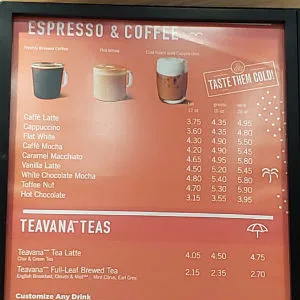
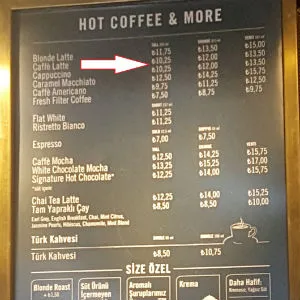
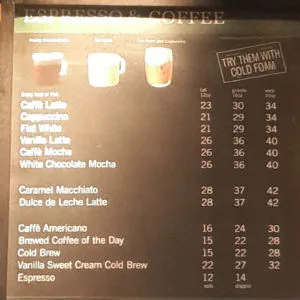
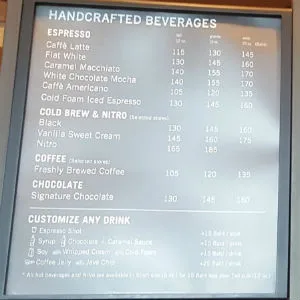
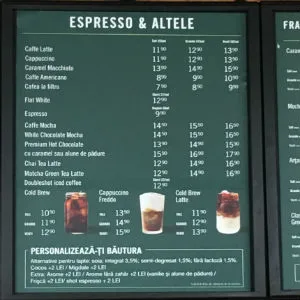
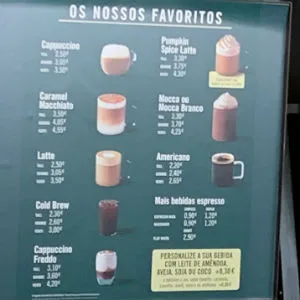
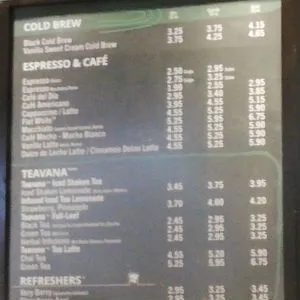
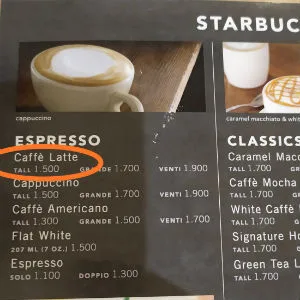
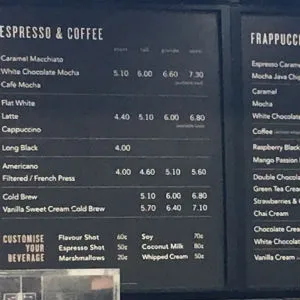
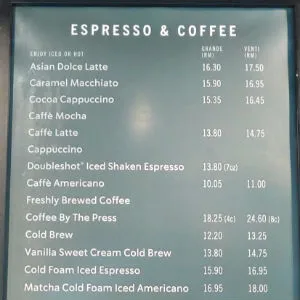
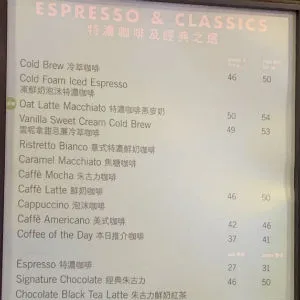
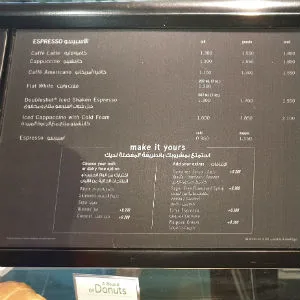
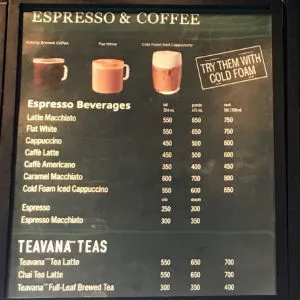
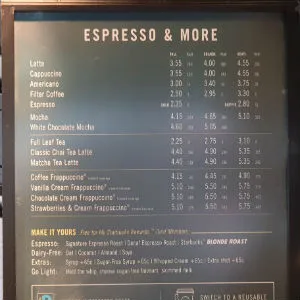
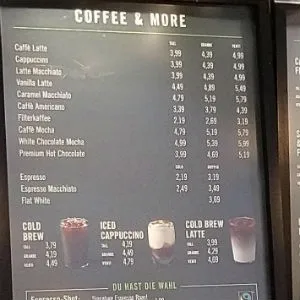
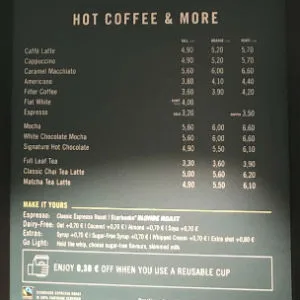
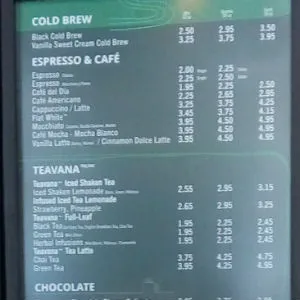
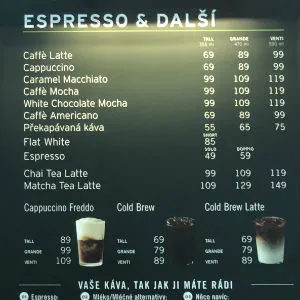
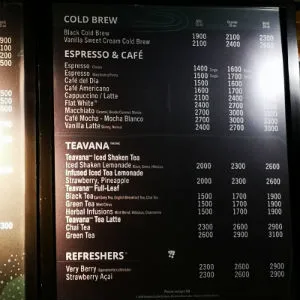
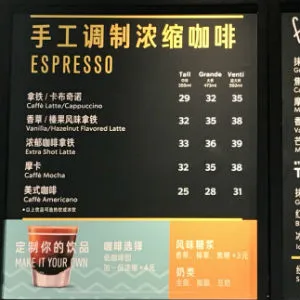
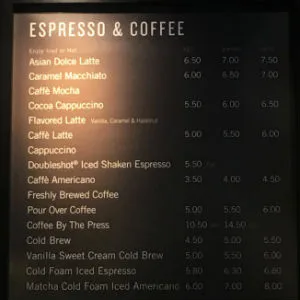
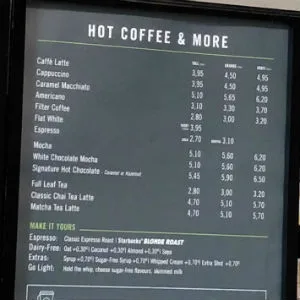
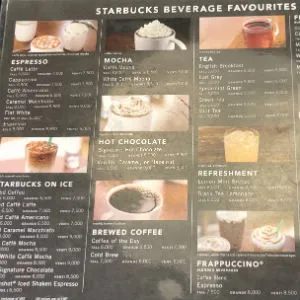
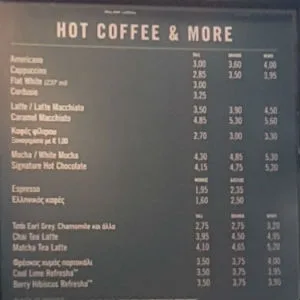

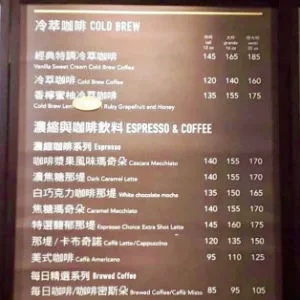
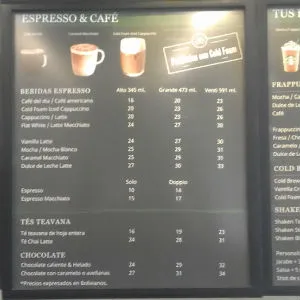
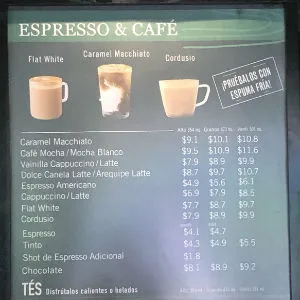
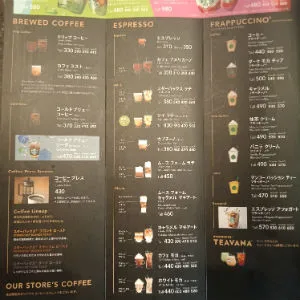
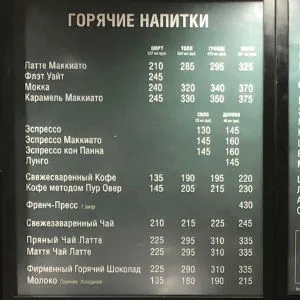
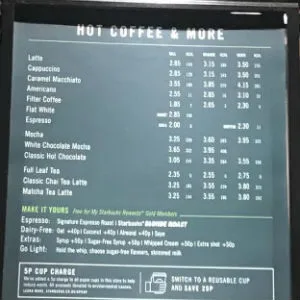
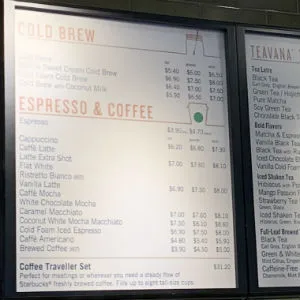

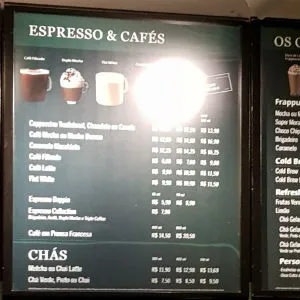
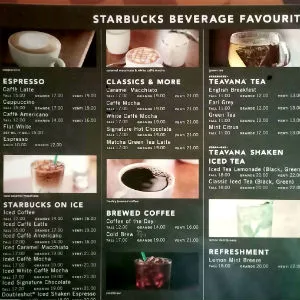
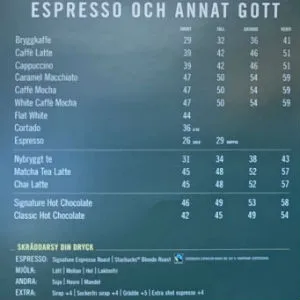
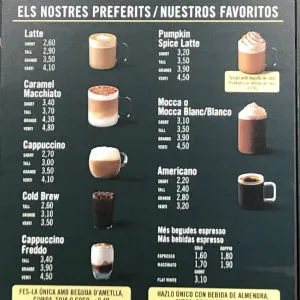
Calculations used
Coffee Cost. We converted local coffee prices to US dollars using the exchange rate on 12 September 2019 according to XE.com. We then ranked countries based on the cost of the coffee in US dollars.
Starbucks Index: We plotted the coffee cost in US dollars against the GDP per capita for all countries. We used the resulting trend line to determine the average increase in coffee cost against an increase in GDP. The final index valuation is the difference between each actual plot point and the trend line — or how far each country differs from the average.
Rankings: The cost of coffee was round to the nearest two decimal places. Where prices were exactly the same, we gave them the same ranking. Prices are rounded to the nearest two decimal places. Where prices are exactly the same, we gave them the same ranking. Russia and Kazakhstan are higher or lower value when rounded to three decimal places.
Limitations of the research
The cost of a Starbucks coffee can vary significantly due to a range of variables across a country or city. Given only one coffee price was used per city or country, our data may not serve to represent the area as a whole. Also, countries measure their GDP in different ways, so consider the data in this study an indicator rather than an exact measure of index value.
More guides on Finder
-
Dreaming of a Green Christmas? Canadians want cash instead of gifts to pay bills or build savings
Half of Canadians (49%) want to receive cash instead of gifts this holiday season to help them pay for bills or build up savings.
-
Chores for kids: Should kids get an allowance? Or money for chores?
Find out what are good, age-appropriate chores for kids, plus average allowance and per chore price lists.
-
Streaming services in Canada: Statistics
Details on the growth of streaming services including internet tv, online gaming and music streaming services. Includes an internet speed test.
-
Generation Rent: 9 million Canadians don’t believe they will ever be homeowners
Around 1 in 10 Canadians believe they will be renting forever. Read the full report to find out who is feeling hopeless about homeownership.
-
Canada Housing Market: Features home buyers really want in 2023 (+ infographic)
Larger living space and a garage still top the list of most desirable features, but Canada’s housing market trends continue to shift. Here’s what buyers want in 2023.
-
Finder’s Travel Index
Finder’s Travel Index shows more than one third (35%) or 11 million Canadians are planning to travel in summer of 2022.
-
Canadian mortgage statistics
Discover average mortgage sizes around Canada and much more with our comprehensive guide to mortgage statistics.
-
What are the leading causes of death in Canada?
Cancer tops the list of most common causes of death in the Canada. Find out what the other leading causes of death are too.
-
One in five Canadians don’t know how much they’ll need to retire
Not sure how much you’ll need to save for retirement? You’re not alone. New Finder research reveals one in five Canadians don’t know how much they’ll need for retirement.
-
Canada Day sales, stats & facts
Canadian consumers shell out tens of billions of dollars in July alone for practical purchases and fun.

